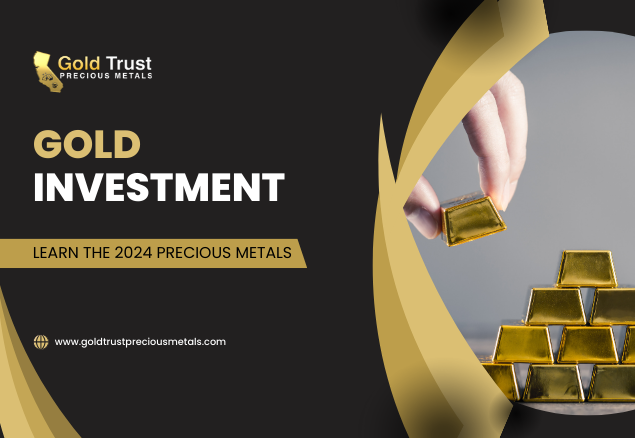Investing in gold has been a tried-and-true method for preserving and growing wealth for centuries. Here are seven key benefits of gold investment:
1. Hedge Against Inflation
Gold has historically maintained its value over time, making it an excellent hedge against inflation. When the cost of living increases, the value of gold often rises as well, helping to preserve purchasing power.
2. Safe Haven Asset
During times of economic uncertainty or geopolitical instability, gold is often seen as a safe haven. Investors flock to gold during market turmoil, which can help to stabilize a portfolio’s value.
3. Diversification
Gold provides diversification to an investment portfolio. Its performance often moves independently of stocks and bonds, reducing overall portfolio risk. By including gold, investors can mitigate the impact of market volatility.
4. Liquidity
Gold is a highly liquid asset. It can be easily bought or sold in most markets around the world. Whether you own physical gold or gold-backed securities, converting gold to cash is straightforward.
5. Tangible Asset
Unlike stocks and bonds, gold is a physical asset. It does not rely on a company’s performance or government policies. This tangibility gives investors a sense of security, as they own a physical commodity that can be stored and accessed.
6. Potential for Appreciation
Over the long term, gold has shown the potential for significant price appreciation. Historical data shows that gold prices have steadily increased over the decades, providing substantial returns for long-term investors.
7. Limited Supply
Gold is a finite resource. The limited supply of gold contributes to its value. As mining becomes more challenging and expensive, the scarcity of new gold can drive up prices, benefiting investors.
Conclusion
Gold remains a valuable asset for investors looking to hedge against inflation, diversify their portfolios, and secure a tangible, liquid, and historically appreciating investment. Its enduring value and stability make it a prudent choice in a well-rounded investment strategy.










